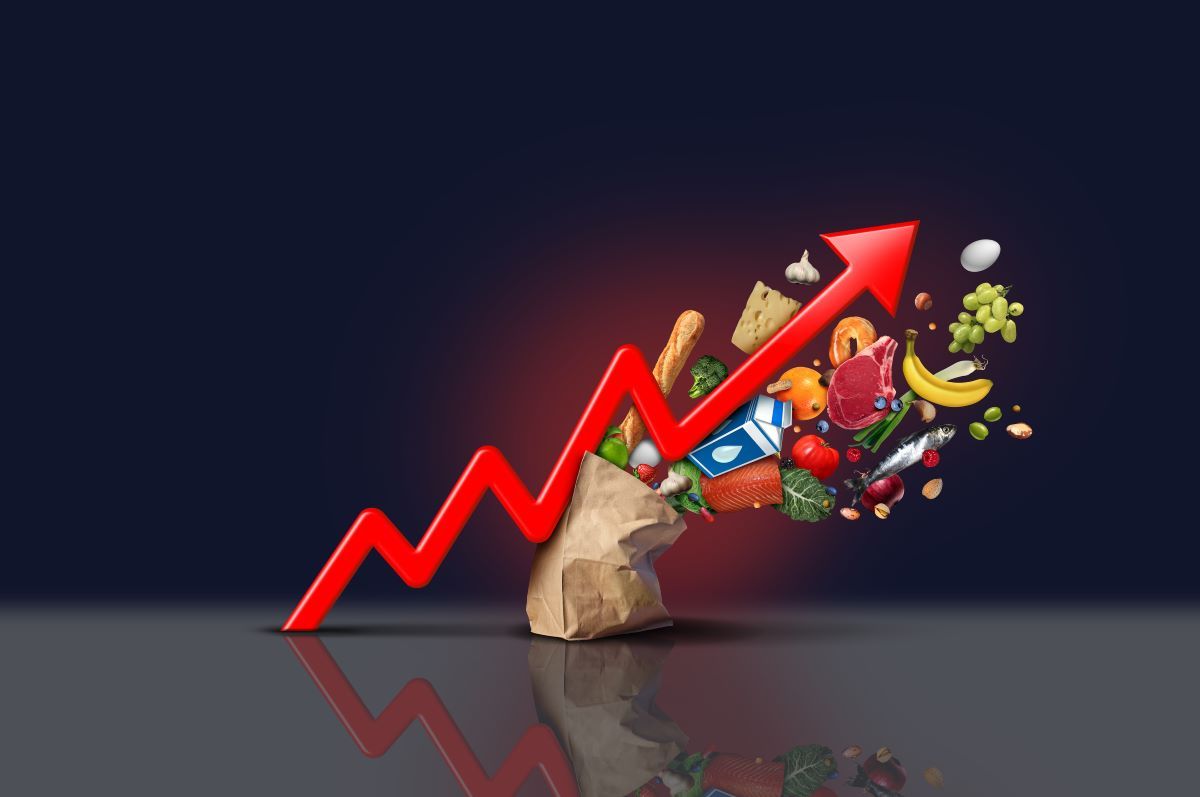
In July 2025, Tanzania's headline inflation rate remained stable at 3.3%, unchanged from June 2025 and well within the Bank of Tanzania's medium-term target range of 3-5%. This stability was driven by offsetting dynamics in the inflation basket: a slight rise in food inflation was counterbalanced by decelerations in non-food components, particularly energy, fuel, and utilities. According to the National Bureau of Statistics and Bank of Tanzania computations, this outcome aligned with regional convergence benchmarks in the East African Community (EAC) and Southern African Development Community (SADC), where inflation trends were mixed but generally moderate.
This stability contributed to a subdued inflation outlook, enabling supportive monetary policy adjustments.
Stable inflation fosters economic development by preserving purchasing power, reducing uncertainty for investors and consumers, and allowing central banks to ease monetary policy without risking price spirals. In Tanzania's case, the July 2025 inflation stability directly influenced development through enhanced credit availability, boosted economic activity, and sustained growth momentum. Low and predictable inflation encourages household consumption, business investment, and foreign direct investment, which are critical for Tanzania's transition toward middle-income status.
The Monetary Policy Committee (MPC) cited the stable inflation environment as a key factor in lowering the Central Bank Rate (CBR) to 5.75% from 6.00% for the quarter ending September 2025. This decision aimed to stimulate credit growth amid strengthening domestic conditions and diminishing global risks. As a result:
These figures reflect how inflation stability enabled liquidity injections—such as TZS 758.8 billion in reverse repo operations—to steer interbank rates within the 3.75-7.75% corridor, facilitating cheaper borrowing and investment.
Tanzania's overall economic growth has benefited from this inflation stability, with real GDP expanding robustly in 2025. Projections indicate GDP growth of approximately 6% for the year, up from an estimated 5.4% in 2024, supported by low inflation that mitigates cost-of-living pressures and enhances fiscal space. Stable inflation has also helped maintain a manageable fiscal balance and improved the current account, as noted by the IMF, contributing to foreign exchange reserve buildup and reduced external vulnerabilities.
In the agricultural sector—a key driver of Tanzania's economy—inflation stability intersected with food security measures. The National Food Reserve Agency maintained stocks at 485,930 tonnes in July 2025, up significantly from 368,855 tonnes in July 2024, buffering against food price volatility and supporting rural livelihoods.
While positive, food inflation's uptick (7.6%) highlights vulnerabilities to supply-side shocks, such as weather or global commodity trends (Mixed world commodity prices, with declines in maize and rice aiding stability). Overall, stable inflation has reinforced Tanzania's resilience, with the World Bank noting robust growth amid single-digit inflation. This environment positions Tanzania for sustained development, potentially accelerating poverty reduction and infrastructure investment, though external factors like global trade uncertainties could pose risks if inflation deviates.
| Category | Indicator | Value (July 2025) | Previous Month (Jun 2025) |
| Inflation | Headline Inflation Rate | 3.3% | 3.3% |
| Food and Non-Alcoholic Beverages | 7.6% | 7.3% | |
| Core Inflation | 1.9% | 1.9% | |
| Energy, Fuel, and Utilities | 1.0% | 2.1% | |
| Monetary Policy | Central Bank Rate (CBR) | 5.75% | 6.00% |
| 7-Day Interbank Cash Market (IBCM) Rate | 3.75% - 7.75% (corridor) | N/A | |
| Reverse Repo Transactions | TZS 758.8 billion | N/A | |
| Money Supply | Extended Broad Money Supply (M3) Growth | 19.9% | 18.7% |
| Private Sector Credit Growth | 15.9% | 15.9% | |
| Food Stocks | National Food Reserve Agency Stock | 485,930 tonnes | 477,923 tonnes |
| Maize Released | 1,855.3 tonnes | N/A | |
| Petroleum Prices | Petrol (TZS per liter) | ~TZS 3,200 | Slight decline |
| Diesel (TZS per liter) | ~TZS 3,200 | Slight decline | |
| Kerosene (TZS per liter) | ~TZS 3,200 | Slight decline |
Notes:
This table summarizes key economic indicators that reflect Tanzania's economic stability and policy responses as of July 2025, providing a snapshot for further analysis.